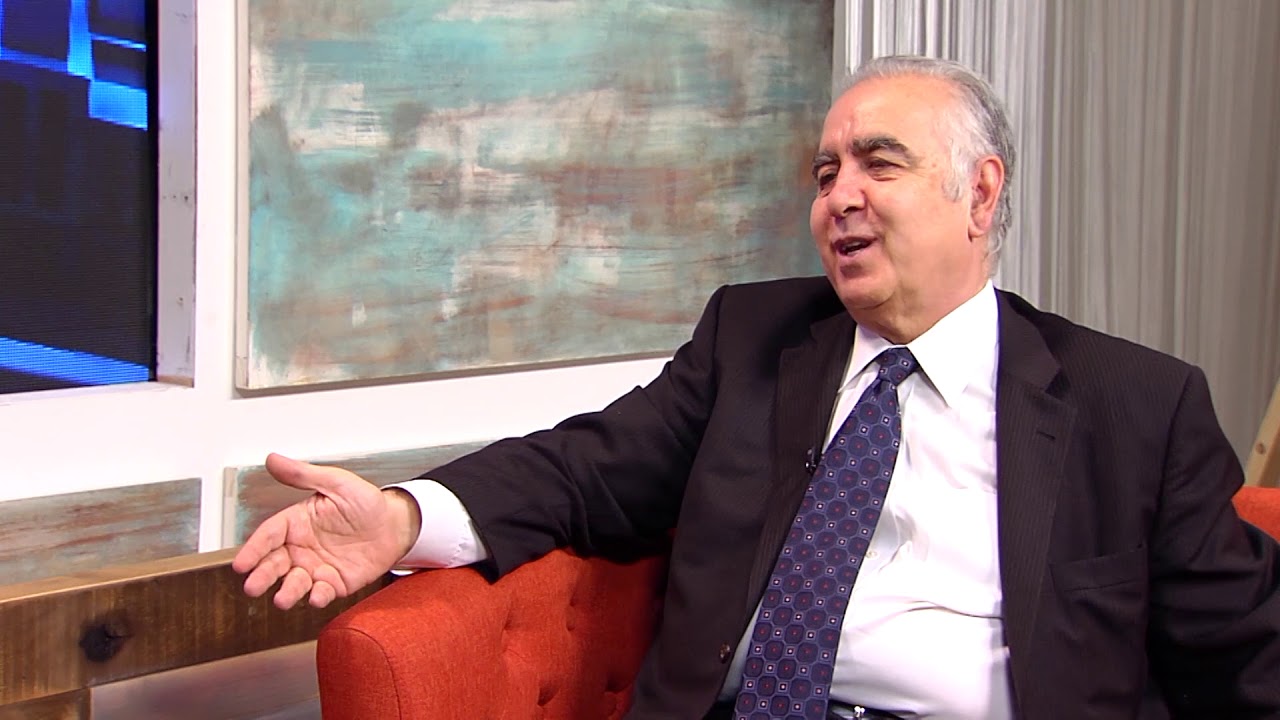Peter Balakian, Professor of Humanities at Colgate University, recently wrote a thought-provoking commentary, titled: “A Broken Connection: The Armenian Financial Community and the Making of Culture.”
In his article, Balakian deplores the Armenian-American community’s failure to support a proposed Armenian Genocide
exhibit at the Illinois Holocaust Museum, on the eve of the Genocide Centennial in 2015.
The exhibit, “The Shadow of Mount Ararat: The Armenian Genocide,” would have been in display not only at the Illinois Holocaust Museum — the second largest such institution in the United States — but also throughout the country, and possibly in Europe and South America.
Balakian expresses his disappointment that the Chicago Armenian community could not raise the necessary $600,000 to fund the project, resulting in the cancellation of the planned exhibit. In his view, this incident “reflects a larger failure of the Armenian community in the United States to create culture, by which I mean: to use financial means to conceive and engineer cultural production.” Balakian believes that Armenian-Americans “have almost nothing to show in the domain of cultural production and representation in the mainstream.” With few exceptions, “Armenians have created no mainstream cultural foundations, museums, [and] performing arts centers.”
Balakian complains that “the Armenian financial community has not been able to bring to fruition one feature film about the Armenian Genocide or other aspects of Armenian history.” He quotes a Jewish scholar who told him: “There seems to be a disconnect between the Armenian business community and the Armenian arts community; the business people don’t see that investing in the arts is investing in the core continuity of Armenian civilization. Investing in the community’s culture should be understood as a celebration of the life of Armenians past and present, something that the Turkish perpetrators tried to extinguish. This is certainly the philosophy of a lot of Jewish investment in Jewish arts. It’s a ‘f-you Hitler’ attitude.”
While I share Balakian’s concerns, I would like to express some additional thoughts regarding this important topic:
1) Most Armenian benefactors prefer to contribute and attach their names to tangible brick and mortar projects like churches and schools rather than more abstract endeavors such as public relations and the arts. Yet, everyone should realize that wealthy Armenians are entitled to spend their hard-earned money as they see fit. It’s their money and they decide how to spend it!
2) The needs of the Armenian Diaspora and the Armenian Republic are so massive that it is practically impossible for even generous benefactors to satisfy everyone’s demands.
3) There are no established mechanisms to prioritize the community’s need and assess their merit. Benefactors and charitable organizations are bombarded with requests to fund movies, publications, artwork, aid to Armenia, monuments, memorials, churches, schools and orphanages. Few benefactors have the time and expertise to judge the quality and utility of the proposed projects in so many diverse fields.
4) Projects are sometimes funded not on merit, but on the basis of the personal relationship between the donor and the recipient. It could boil down to who is doing the asking!
5) Even though Armenians are quite generous in supporting their community organizations, the requests often outstrip the available funds. One cannot name a single category of needs that receives adequate funding, including social, cultural, religious, political, athletic, and humanitarian activities. Can anyone say that there are sufficient funds to:
— Print all the books that are worthy of publication?
— Digitize ancient manuscripts and other valuable archival materials before they are lost forever?
— Produce professionally-made movies and documentaries on the Armenian Genocide and other topics?
— Fund Genocide Centennial projects?
— Provide funds for electing political candidates who endorse Armenian issues?
— Support concerts, art exhibits, museums, medical, scientific, and countless other worthy projects?
— Meet the basic needs for the survival of Syrian Armenians, and the poor and needy in Armenia, Artsakh and the Diaspora?
Donors could certainly do more to support the seemingly endless needs of Armenians worldwide. However, a mechanism must first be established to prioritize the various needs, judge their merit, and make a professional presentation to potential donors. Finally, after the donation is made, periodic reports on the progress of the project must be given to the donor, demonstrating that the allocated funds are being properly spent to accomplish the promised objectives.

